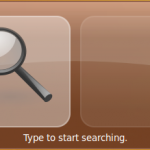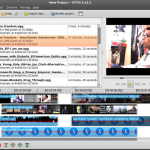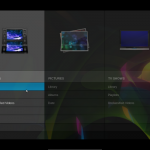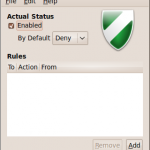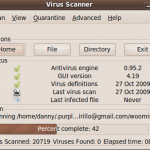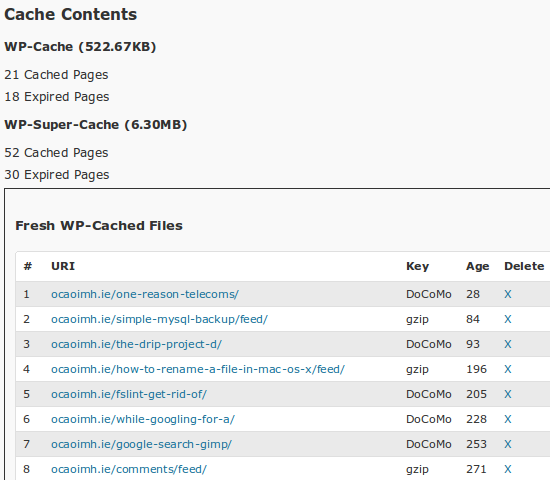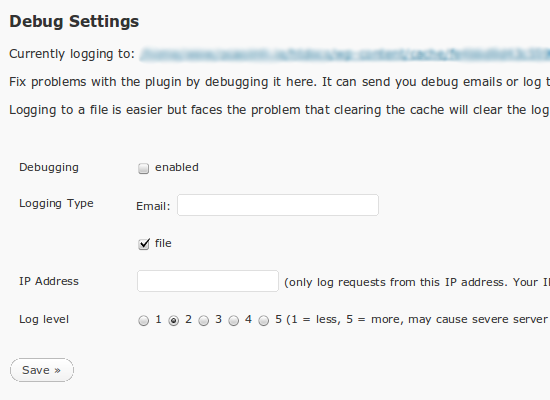At the recent Automattic meetup in Quebec Matt gave a passionate talk about how great the Dvorak keyboard layout was and handed out paper copies of The Dvorak Zine.
The meetup was hectic and the first chance I had to try it out was on the plane home. Just over 5 hours from Montreal to Heathrow, London. Here’s what I typed in about 2 hours:
Mad! Typing this on the flight back to London using the dvorak keyboard layout. It’s slow going but I have plenty of time to practice, it’s a long flight! My finger memory says QWERTY but they’re very slowly mapping to the new layout. Vowels come first followed by s, m, l, n and d.
It’s definitely a better layout but right now I am so slow! I’m glad that I have power on this flight. No need for the extra battery! I love how th are next to each other.
Gotta get me a layout I can stick to the keys of the macbook.
Watched the Hurt Locker while typing this.
I always type i instead of d.
Gonna watch Night at the museum 2 again, just so I can watch the ending, finally.
I’ve got three seats to myself. Maybe I should sleep? Seems that would be the most sensible thing to do, now wouldn’t it? Looks like we’re about half way across the Atlantic! The film is fast forwarding nice and fast!
Time for a break from Dvorak!
Wow! Layer Cake is a great film! A bit violent but good ending! Only 156 miles to go! Then at least an hour in Heathrow! Can’t believe I didn’t Sleep!
Yes, I didn’t sleep. That was a long day, and Layer Cake was on my laptop (freshly ripped from the DVD I bought before leaving). I can heartily recommend Air Canada. Best experience I’ve had in economy on a trans-Atlantic flight.
Anyway, changing the Mac OS X keyboard to the Dvorak layout is easy, as it is in Linux too. Trying to login using the Dvorak layout is a right pain though.
I didn’t try to rip out the keys of my Macbook but I did rearrange the keys on a wireless keyboard. It actually didn’t help, mainly because the keyboard itself isn’t that comfortable.
The next step was to run through a few Dvorak keyboard training tutorials. They went well and I repeated the first tutorial several times, improving the times and accuracy each time. I’m not doing quite as well as Nick is doing though. I’m impressed.
I’ll persevere. My hands are retraining themselves. The Dvorak Zine is a great help, but if I tried using Dvorak for work I’d be 90% less productive right now. Matt, that ok then? 😉


